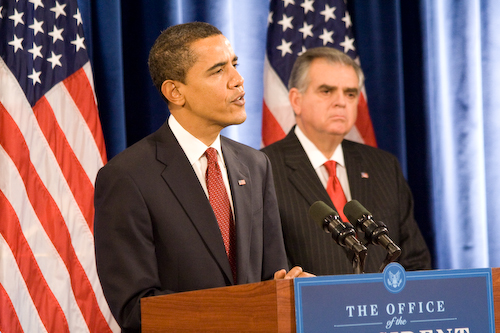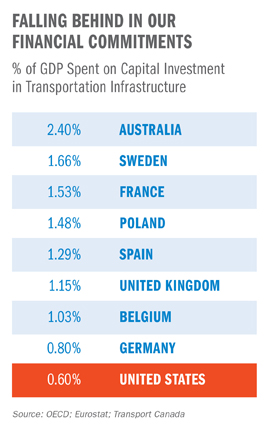 We’ve fallen behind the world on investing in transportation and our physical infrastructure, but Building America’s Future lays out a clear path forward to help restore America’s prominence and lay a strong foundation for our economic future.
We’ve fallen behind the world on investing in transportation and our physical infrastructure, but Building America’s Future lays out a clear path forward to help restore America’s prominence and lay a strong foundation for our economic future.
Falling Apart and Falling Behind lays out the economic challenges posed by our ailing infrastructure, provides a comparative look at the smart investments being made by our international competitors, and suggests a series of recommendations for crafting new innovative transportation policies in the U.S. This report frames the state of our infrastructure in terms of the new economic realities of the 21st-century economy and presents the challenges we currently face.
America’s railroads — once the fastest and most comprehensive in the world — opened up the interior of the country but America truly forged its status as a world economic superpower in the decades following World War II as our booming country awash with wealth embarked upon building new infrastructure, airports and an interstate system that was the envy of the world.
There was a time when we led the world in the very real physical infrastructure that drives economic success in our cities and states but those days are behind us as we’re failing not only to build the next generation of transportation systems, but failing to even properly maintain our past investments to ensure they continue serving us and our economy.
The last great vision for transportation our country rallied behind was a national interstate system laid out in the 1950s, but we’ve been rudderless for the last 20 years since completing that system with no grand vision. While we’ve been treading water and spinning our wheels, other countries have been investing the kind of money we once did in their transportation systems, positioning them to succeed for years to come.
This report from BAF is a concise summary of the problem we face and the perhaps obvious solution staring us in the face: If we want to continue leading the world in economic dominance, we’ve got to lead the world in investing in our transportation networks — and casting a vision for the next 50 years of investment.
Read the report here, and you can see an interview with two of the BAF co-chairs, Mayor Michael Bloomberg and Governor Ed Rendell yesterday on MSNBC’s Morning Joe.




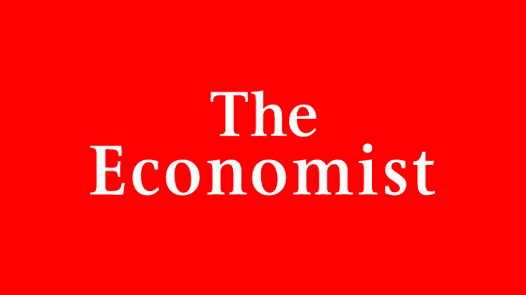
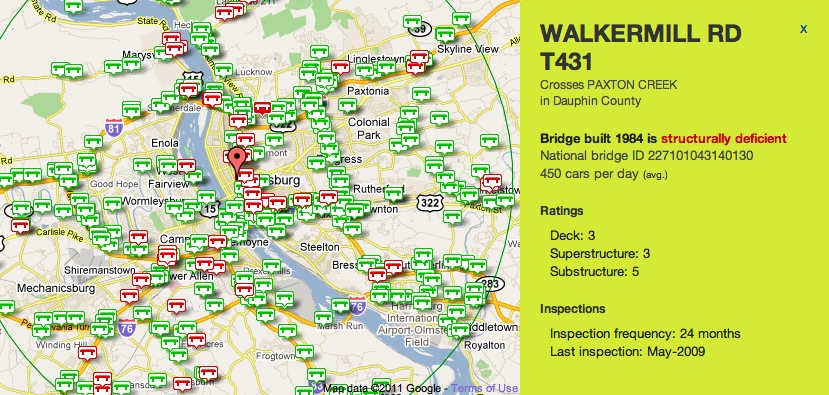

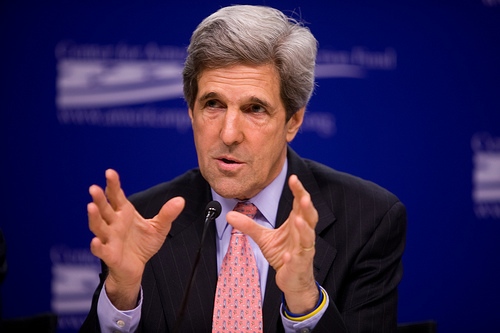
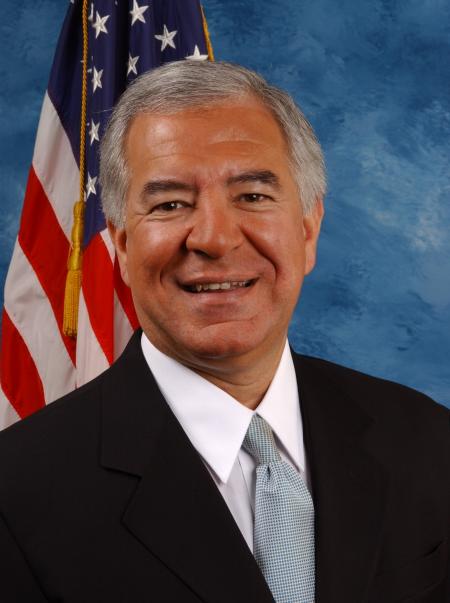

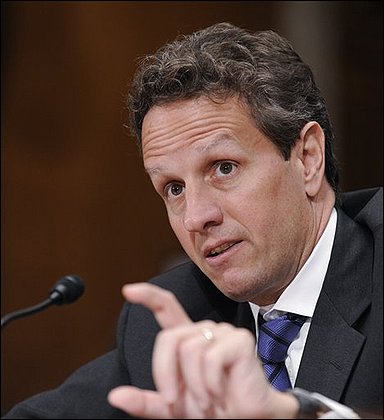
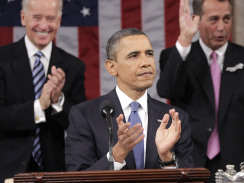
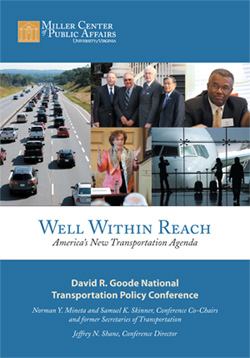
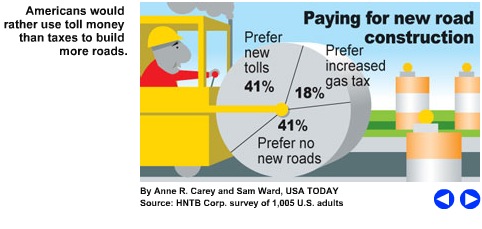


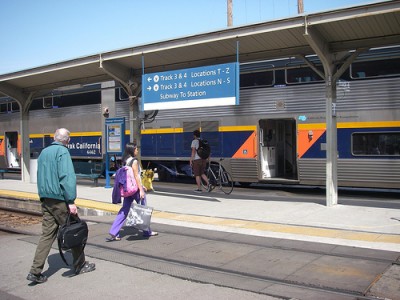 How could a new transportation bill revitalize rural and small-town America? That was the focus of a Senate Democratic Steering Committee briefing on “Issues and Innovations for Small Towns and Rural Communities” in the Capitol Visitors Center last Friday.
How could a new transportation bill revitalize rural and small-town America? That was the focus of a Senate Democratic Steering Committee briefing on “Issues and Innovations for Small Towns and Rural Communities” in the Capitol Visitors Center last Friday.
